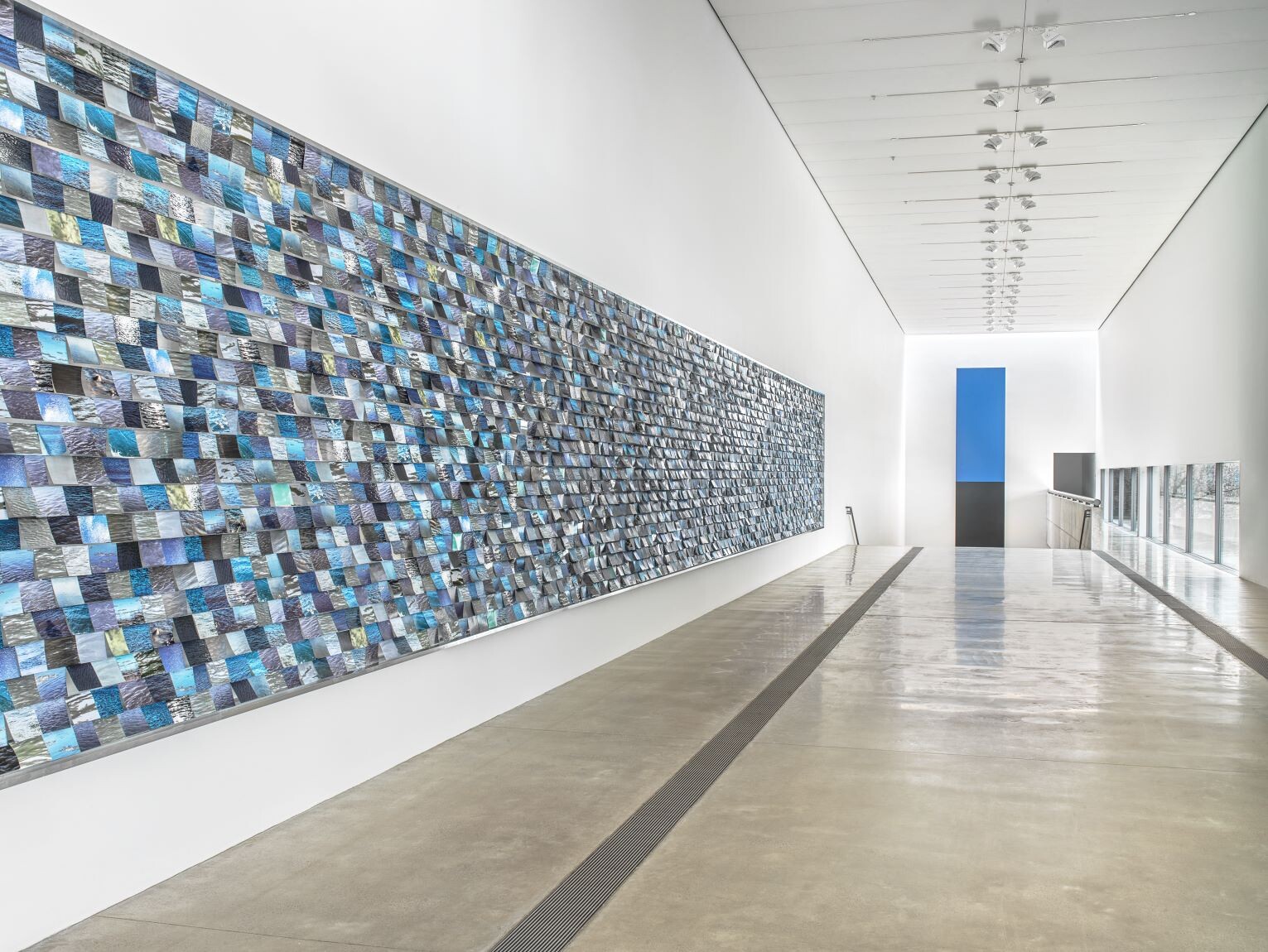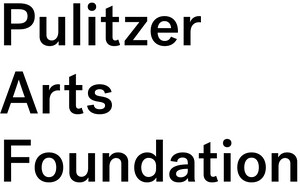3716 Washington Boulevard
St. Louis, Missouri 63108
United States
Hours: Thursday–Sunday 10am–5pm,
Friday 10am–8pm
T +1 314 754 1850
info@pulitzerarts.org
On view from March 10, 2023, to August 6, 2023, the Pulitzer Arts Foundation presents two exhibitions, Faye HeavyShield: Confluences and The Nature of Things: Medieval Art & Ecology, 1100–1550.
Faye HeavyShield: Confluences is a career-spanning exhibition of works by Faye HeavyShield (b. 1953), a First Nations artist who fuses rigorous minimalism with a feminist and Indigenous perspective drawn from her Kainai (Blood) heritage, the environment of her homeland, and her personal memories. The exhibition features a selection of the artist’s drawings and sculptures from the 1980s to the present, alongside two commissions responding to landscapes and histories in the greater St. Louis area.
Says Tamara Schenkenberg, curator of Faye HeavyShield: Confluences, “Faye has forged a singular practice that is minimalist in color and form, poetic in expression, and profound in meaning. Powerfully rooted in the spare beauty of her homeland as well as histories and traditions of the Kainai people, Faye’s work points to the reciprocity and exchange between individuals and their community; between people and their environment; and between the past and the present—each one makes the other.
About the Artist
Faye HeavyShield was born into the Kainai (Blood) Nation, a member of the Blackfoot Confederacy, in 1953. She was raised on the Blood Reserve in the foothills of Southern Alberta, where she grew up speaking the Blackfoot language. A residential school survivor, HeavyShield trained as an artist at the Alberta College of Art and Design and, later, the University of Calgary.
HeavyShield’s work has been exhibited in solo and group exhibitions across North America, including at landmark shows Land, Spirit, Power at the National Gallery of Canada and Nations in Urban Landscape at the Contemporary Art Gallery in Vancouver. Her work can be found in the collections of the National Gallery of Canada, the McMichael Museum, Alberta Foundation of Art, the Glenbow Museum, Heard Museum, the Kelowna Art Gallery, and the MacKenzie Art Gallery.
In 2022, HeavyShield received one of Canada’s top art prizes, an award from the Gershon Iskowitz Foundation and the Art Gallery of Ontario. The artist’s first solo exhibition, The Art of Faye HeavyShield, is currently on view through February 19, 2023, at the MacKenzie Art Gallery in Regina, after which it will travel to Winnipeg.
This spring, concurrent with the exhibition at the Pulitzer, the Saint Louis Art Museum will present a new commissioned installation by HeavyShield in response to its collection of historic Plains art as a part of its Native Artist Collaboration series.
To learn more about the exhibition and programming, visit pulitzerarts.org.
The Nature of Things: Medieval Art and Ecology, 1100–1550 is a ground-breaking exhibition that explores how artmaking impacted the environment and, inversely, how the natural world shaped artistic practices in Europe during the second half of the Middle Ages.
With approximately 50 sacred and secular objects on loan from 18 institutions, The Nature of Things invites the viewer to think in new ways about archetypal forms of medieval art, from a radiant stained glass window panel to a wall tapestry teeming with flora and fauna to a carved wooden fragment of the bowed head of the crucified Christ. The exhibition also poses questions about the environmental impacts of contemporary exhibition-making and the nature of museum practice.
“We hope that The Nature of Things performs a valuable service on a number of levels. The presentation sheds new light on medieval art; unearths links between the ecological concerns of a long ago era and those of the present day; and offers a model for contemporary exhibition organization. The team here has worked to reduce the carbon footprint of the project,” says Pulitzer Executive Director Cara Starke.
“Living as we do today in a world where paint comes in a tube and wood from a lumber store, it’s easy to dissociate the work of art from its material links to the natural world. The Nature of Things is intended to illustrate how artists in Europe once directly depended on a raft of industries—forestry, quarrying, mining and farming—to source the raw ingredients for their works, industries that left both temporary and permanent marks on the landscape,” says curator Heather Alexis Smith.
To learn more about the exhibition and programming, visit pulitzerarts.org.
About the Pulitzer Arts Foundation
The Pulitzer Arts Foundation is an art museum devoted to presenting the art of today and works from the past within a global context. Located in the heart of St. Louis for more than 20 years, its home is an architectural landmark designed by celebrated architect Tadao Ando. Open and free to all, the Pulitzer is a cultural and civic asset to the St. Louis community and a popular destination for visitors from around the world.
At the Pulitzer, expansive light-filled galleries host world-class art exhibitions and anchor an array of free programs, ranging from talks to concerts, literary readings, dance, performances, and wellness workshops. The Pulitzer is a place where ideas are freely explored, new art exhibited, and historic work reimagined.
In addition to the museum, the Pulitzer campus has several outdoor spaces, including Park-Like—a garden of native plants and pathways, the Spring Church—an open air stone pavilion and beloved landmark, and the Tree Grove—a shady picnic spot with oak and redbud trees.
The museum is open Thursday through Sunday, 10am–5pm, with evening hours until 8pm on Friday. Admission is free. For more information, visit pulitzerarts.org.










